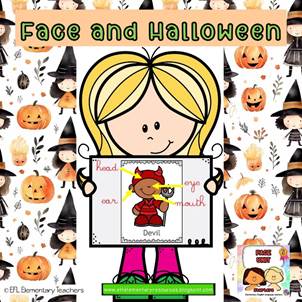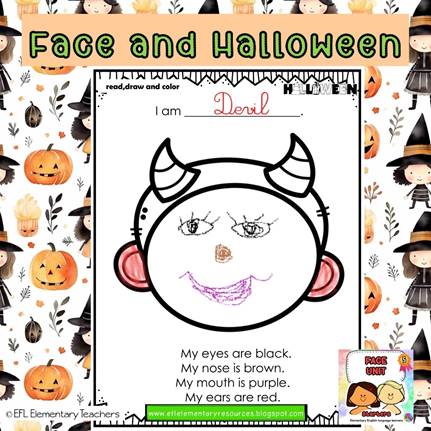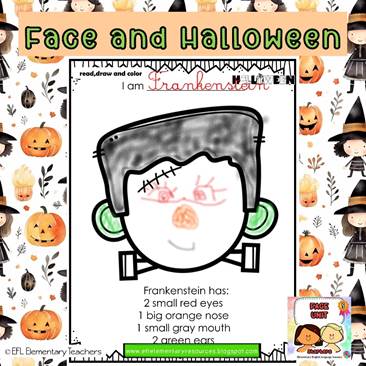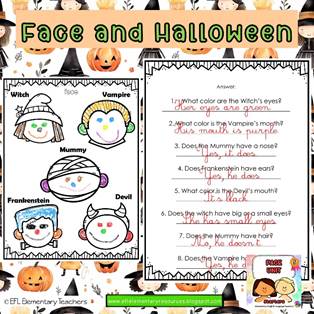This resource ( Emotions Worksheets & Activities for Elementary ESL/ELL Learners – Printable Feelings Pack) can be found here: https://www.teacherspayteachers.com/Product/Emotions-Unit-for-Elementary-EFL-2023631
Contraction
Practice worksheet. Students write sentences using
contractions (He’s, She isn’t)after writing the emotion word.
Color
the emotion on each face that describes it.
Then, write the corresponding sentence on this worksheet.
Students
draw the face to match the emotion.
Fill-in-the-Blank
Worksheets to give
students structured practice while reinforcing vocabulary.
Students
draw their face inside the outline to show their emotion. Then, on
another paper, write a sentence to describe the drawing.
This
is a read the sentence worksheet and rewrite sentences using they’re
instead of we’re. Remember to keep the emotion word the same. And,
find a search the word worksheet along.
Read
the sentence carefully in this feelings worksheet. Color the crayon as the sentence says.
Roll
and Write – Emotions 🎲 Roll the die that comes in the worksheet and has previously assembled. Look at
the emotion. Write a sentence using I’m…, He’s…, She’s…, Keep
rolling and writing until you finish the lines. Then do an Emotions
Probability Activity. Ask what emotion students have for number 1 and so
on. Tally on the board. Count for each emotion and discuss: Which emotion came
up the first the most? - Which emotion
came up first the least? And What’s the probability of rolling “angry”? (e.g., 2
out of 12 rolls)
Class
Survey – How Are You Today? Students will walk
around the classroom with the worksheet asking the classmates: “How are you
today?” as they Listen to their answer (“I’m happy” / / “I’m
worried”), they write the emotion on the line.
As an
Extension Activity, Survey Results & Sharing. After finishing the survey,
count how many classmates felt each emotion. Complete a chart or bar graph with
the results. Share with the class: “3 students are happy.” “2 students are
tired.” “Nobody is angry.”
This
extension of this emotions worksheet combines speaking, listening, writing, math, and reporting skills,
while making the survey more meaningful and fun.
Check the small cards that comes with the resource: https://eflelementaryresources.blogspot.com/2025/09/creative-ways-to-use-emotion-small.html
Visit
my store today to find resources that are ready
to use and perfect for supporting your elementary ELLs. Your feedback is always
appreciated as I continue to develop materials that meet the needs of both
teachers and students.
Here’s the link to my store: https://www.teacherspayteachers.com/Store/Holistic-English-Resources-By-Rosa-Amelia
I got my clipart from Creative Fabrica. Check my affliate link:
https://www.creativefabrica.com/product/doodle-blank-faces-clipart/ref/2670802/?sharedfrom=pdp















































